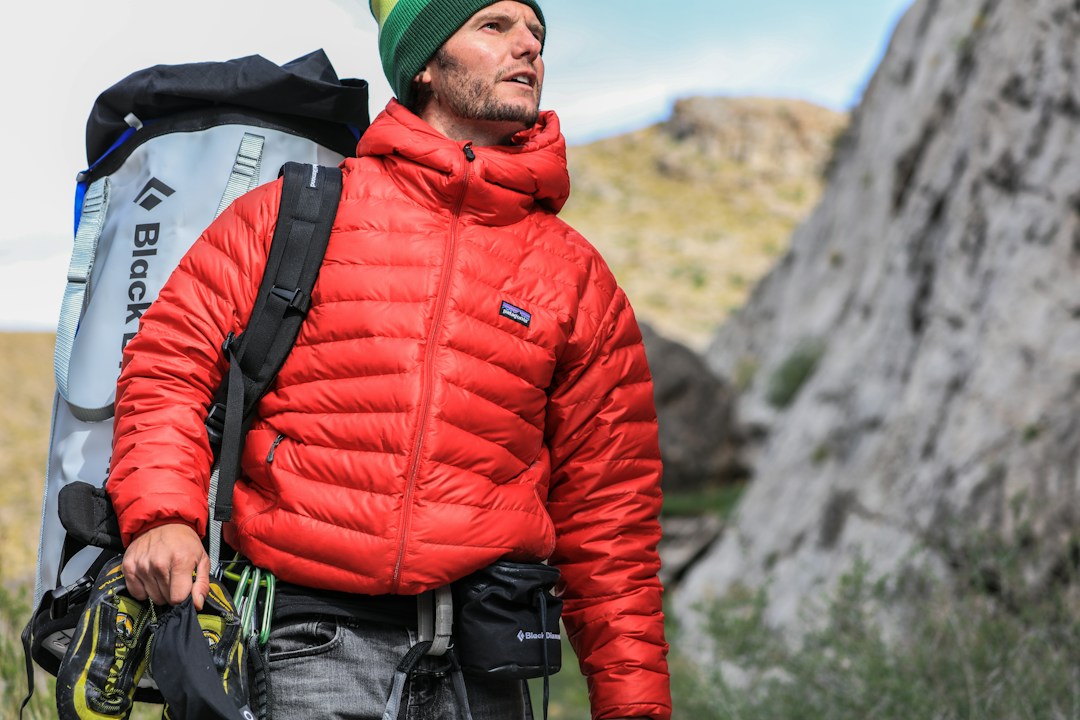Choosing the Perfect Winter Jacket: Factors To Consider

As winter approaches, selecting the right jacket is crucial for staying warm and comfortable in the cold. The perfect winter coat should provide a blend of warmth, protection from the elements, and style. Whether you’re braving urban wind tunnels or snowy mountain trails, the right jacket can make all the difference. With a variety of winter jackets for men available, finding the right one can be daunting. Below are key considerations to make when choosing your next winter jacket, ensuring you stay cozy without sacrificing style.
Understanding the Insulation Types for Optimal Warmth
When temperatures plummet, the insulation of your winter jacket becomes the frontline defense against the cold. There are generally two types of insulation to consider: down and synthetic. Down material, usually derived from geese or ducks, offers an excellent warmth-to-weight ratio. It’s known for its compressibility and long-lasting warmth, making it a go-to for severe cold conditions.
However, down has its drawbacks, particularly when it gets wet. This is where synthetic insulation comes into play. Synthetic fibers are designed to mimic the qualities of down but retain warmth even when damp. They’re also typically more budget-friendly and easier to care for than their natural counterparts.
Each insulation type has its merits, often coming down to the jacket’s intended use and personal preference. For those who are eco-conscious, there are now several brands offering sustainable down or advanced synthetics made from recycled materials.
Importance of Layer Compatibility in Winter Jackets

Layering is a crucial strategy to manage body temperature in the winter, and your jacket should accommodate it. The ability to wear layers under your coat allows for flexibility; you can add or remove clothing based on the warmth required during different parts of the day or various activities. A jacket that’s too tight may restrict this ability, while one that’s too loose might impair mobility and could let in cold air.
Most winter jackets are designed with an outer shell and room for at least a base and mid-layer underneath. A base layer wicks moisture away from the body, while a mid-layer provides additional insulation. The shell layer, your winter jacket, is there to protect against wind and precipitation.
The compatibility with layers is not only about space. Features such as pit zips for ventilation, adjustable cuffs, and hem drawstrings can help manage the integration of layers and maintain comfort. These adjustments can cater to the jacket’s fit to the individual wearer’s body and the conditions they’re facing.
The ideal winter jacket should feel comfortable with just a shirt underneath but also have enough room for a thick sweater or fleece without restricting movement. This balance ensures the jacket is versatile enough for a range of temperatures and activities.
Navigating Winter Jacket Styles and Materials for Fashion and Function
Choosing a winter jacket isn’t merely a utilitarian decision; style plays a significant role. The fashion aspect of winter jackets varies from sleek, fitted cuts appropriate for city living to rugged, loose styles suitable for outdoor adventures. Materials also differ widely, with options like hardshell and softshell fabrics offering their unique advantages in terms of flexibility and protection.
Hardshell jackets are typically more durable and provide the best protection against wind and wet weather, making them the preferred choice for those in harsher climates or partaking in snow sports. Softshells, on the other hand, are more breathable and offer greater mobility, which can be ideal for everyday use or activities that require a lot of movement.
Beyond functionality, the visual appeal of your winter jacket can be a significant consideration. Today’s market includes a wealth of designs to suit any taste, from classic peacoats and timeless leather jackets to contemporary parkas with fur-lined hoods. A good winter jacket can complement various outfits, making it a cornerstone of your cold-weather wardrobe.
It’s also worth considering the longevity of the materials and the overall construction quality. A well-made jacket with robust materials may have a higher upfront cost but can prove more cost-effective over time. Fashion and function can coexist, with many options available that satisfy both to a high standard.
Overall, the perfect winter jacket marries functionality with personal style, providing warmth, comfort, and protection against the harshest winter elements. By considering insulation, layering, style, and materials, you can select a jacket that not only suits your climate and lifestyle but also lasts through many seasons of use.





